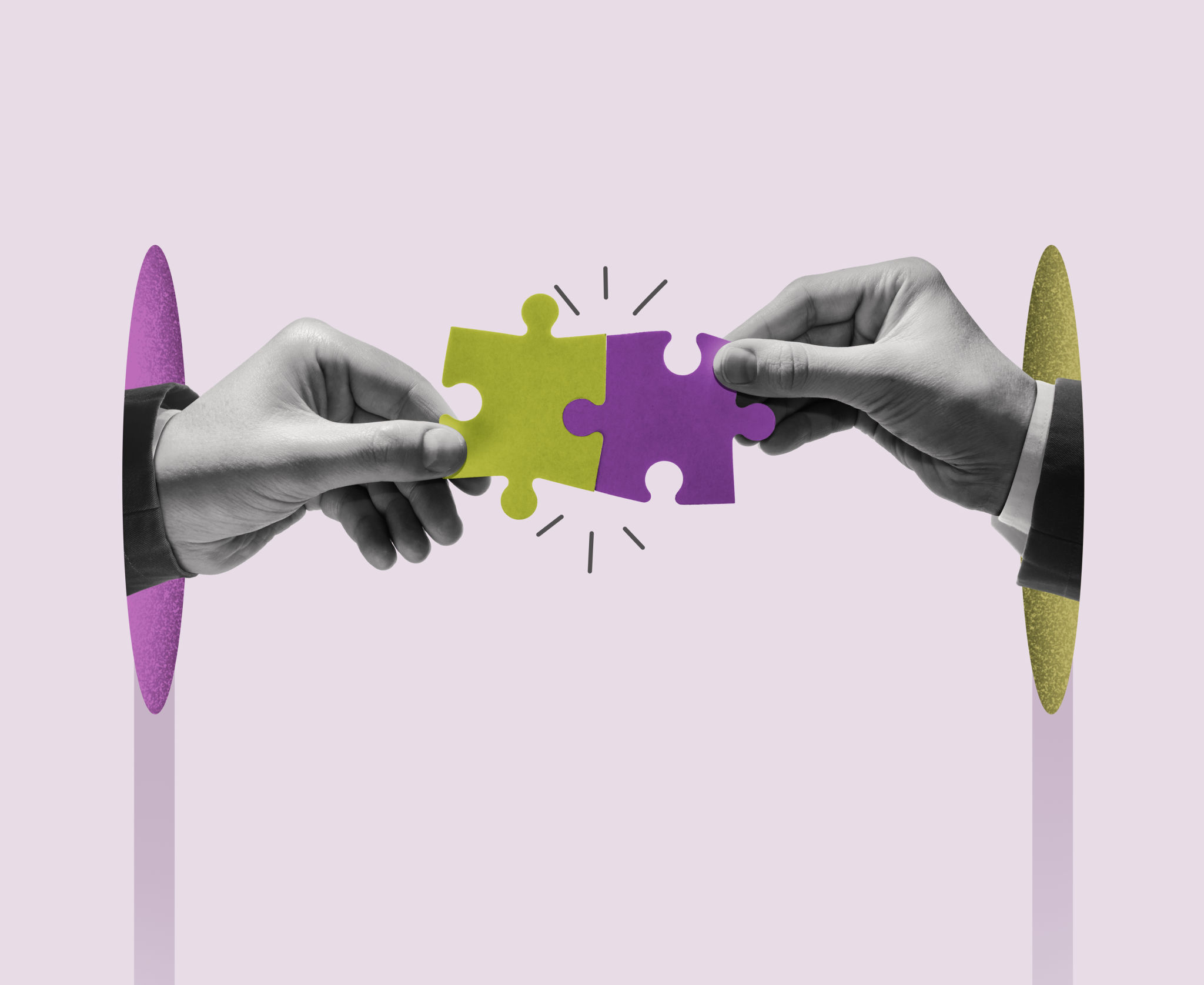From Idea to Impact: Transforming Concepts into Market-Ready Products
A founder’s guide to avoiding waste, chasing clarity, and building with traction
⚡ The Spark Isn’t the Problem. The Structure Is.
Everyone has ideas. Most founders have dozens. What separates those who make it from those who stall out isn’t the quality of the idea—it’s the discipline to shape it into something market-ready. The hard truth? Most ideas aren’t ready. Not because they aren’t good, but because they’re still half-dream, half-assumption.
We see it constantly at Founders Forge. People pitch products they’ve mentally built five times over. The logo is done, the landing page is halfway there, and the features list is a mile long. But when we ask, “Who is this really for?”—everything goes quiet.
This is where we come in. Not to shoot down your vision, but to build it a skeleton. A spine. Something it can grow on. The goal isn’t to slow you down—it’s to aim you more precisely.

Before we move into design or development, we go upstream. We peel back the assumptions and start asking better questions:
- What change are you asking your customer to make?
- How do they solve this problem today, without you?
- What are they already paying for, that this replaces or upgrades?
And most importantly: Why now?
We’re not here to validate the idea. We’re here to validate its timing, its positioning, and its urgency. If we can’t answer those things, building anything else is premature.
Too many founders build a solution before confirming the problem is alive and kicking.
Until you’ve uncovered that core pain, that decision-making moment, you're building in the dark. Clarity before code. Traction before tools.

🧪 R&D Isn’t a Phase—It’s a Filter
When most people think "research and development," they picture a product lab or a beta version. We think of it as a crucible. It's not where you build the thing. It's where you find out whether the thing should be built at all.
We see R&D as active. Outward. Less theorizing, more exposing. Our founders are encouraged to take their raw ideas into the world long before they feel "ready."
Talk to potential customers.
Sell the outcome, not the interface.
Watch what questions people ask—those are the gaps.
You’re not testing the product yet—you’re testing the need.

The reason this matters so much is because once you start building, inertia sets in. It gets harder to change direction. You become emotionally invested in things that don’t move the needle. You mistake polish for progress.
So we keep it light. Cheap experiments. Soft launches. Message tests. If something doesn't hold up, we go back and fix the foundation before it cracks under weight.
If you're not hearing "no" at this stage, you're probably asking the wrong people or asking the wrong questions.
This is also where we help founders see what version of the product will make it real in the mind of a buyer. Is it a tool? A transformation? A relief? Once we know that, we can build something that speaks clearly.
🧠 Design Is What You Say No To
Great design isn’t about making something look good—it’s about making decisions obvious and value unmistakable. It should lower cognitive load. It should whisper to the user, “Yes, this is what you were looking for.”
The danger is founders fall in love with features. We get it. It’s easy to want to show everything your product can do. But the more you pile on, the harder it becomes for anyone to understand what matters.
We coach founders to:
- Design for first-use clarity
- Cut features until the core is undeniable
- Optimize for one clean, complete value loop

Your user should know, within 10 seconds, what this thing does and why it’s worth their time.
And on a deeper level, design communicates belief. When something feels intentional and clean, we trust it more. That trust is your conversion engine. It’s silent, but powerful.
If your design isn't helping people say yes faster, it's getting in the way.
📣 Your Message Is the Prototype
Most founders think product comes first and messaging follows. We flip that. We use messaging to build the product.
Here’s why: if people don’t understand your offer, they’ll never try the product. If you can’t say it simply, it’s not ready.
So we start talking about it early:
- On calls
- In emails
- On landing pages
- In cold outreach
We listen for curiosity. We track confusion. We look for the phrases that make people pause and say, “Oh wow, that’s interesting.”

Messaging is the fastest way to test market fit. It costs nothing but your attention. And it reveals more about readiness than most MVPs ever do.
The market is always listening. Start talking before you start building.
🚀 Launch Is a Stress Test, Not a Ceremony
This is the part everyone gets excited about. The big moment. But a launch isn't about fireworks—it's about feedback.
We coach founders to treat their first launch as a live fire drill. We want to know things like, what breaks,
who actually shows up, where do people get lost or bounce? What assumptions were wrong here? The goal is not to win. It’s to learn. And to learn fast.
Because when launch is seen as the beginning of your listening, not the end of your effort, you finally start to build with precision.
A launch done well doesn’t validate your vision—it sharpens it.
🌟 What Are You Really Building?
The shift happens when a founder stops asking, "Is it ready to launch?" and starts asking, "Is there enough signal to keep going?"
That signal can be:
One person pre-ordering without hesitation
A comment from someone you don’t know tagging a friend
A cold outreach reply that asks, "How much?"
Small signs. But real ones.
That’s what we build on.
You don’t need to fake traction. You need to keep nudging until you find the part that moves.
And once it moves, you don’t need a roadmap. You need to follow the momentum.
Final Thought:
You don’t need hype. You don’t need polish. You don’t need validation.
You need clarity. You need direction. You need truth early, while it’s still cheap to change.
That’s what turns an idea into something real. That’s what we do at Founders Forge.
And if you're reading this thinking, "I wish I'd heard this earlier," then good news:
Now you have.
Want to explore this further?